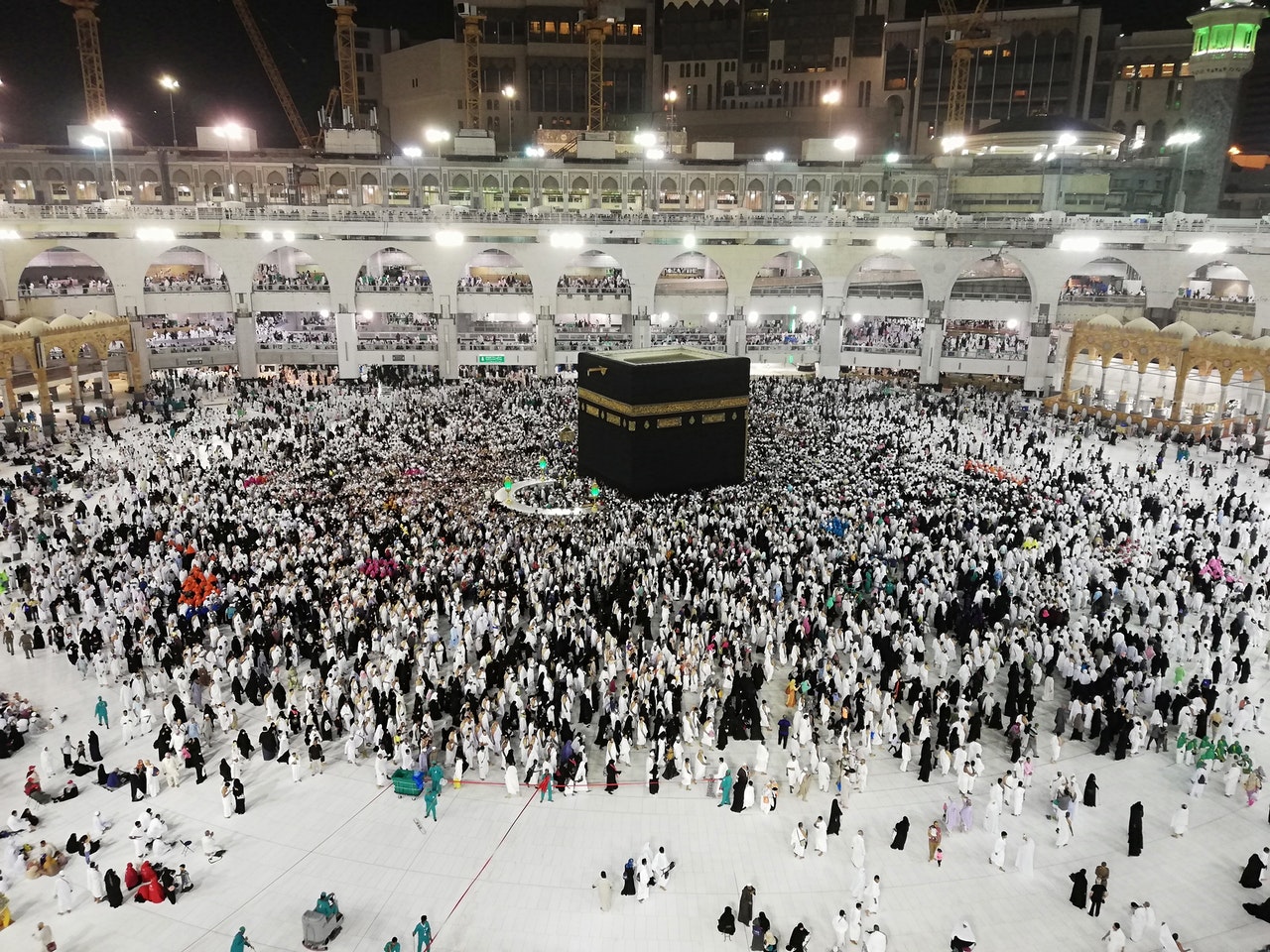Saudi Arabia: People, Culture, and Traditions

Despite its geographical isolation from the ancient centers of civilization, Saudi Arabia had numerous opportunities for interaction with Egypt, Iraq, Syria, as well as the Byzantine and Roman empires.
This nation’s emergence is deeply rooted in antiquity, once housing many states, cities, and complex societies.
In this article, we delve into the history, culture, and traditions of Saudi Arabia.
Table of Contents
Saudi Arabian History and Background
Between 3,000 and 2,500 B.C.E., the domestication of the one-humped camel (dromedary) marked a significant event in this kingdom’s history. By 1,000 B.C.E., camels became integral to the economy, serving as the primary means of transportation for the lucrative incense trade between the south and north.
The invention of the Arabian camel saddle half a century later allowed camel raisers and herders to establish and enhance their power and influence.
However, due to the harsh Arabian climate, survival required more than desert resources. They relied on farmers’ produce from adjacent oases and locally crafted weapons and utensils.
In exchange for protection, the Bedouin secured these necessities. Market trade thrived, encompassing local and long-distance goods, including horses and camels.
Specialized local merchants and oasis-dwelling farmers played a significant role in Saudi Arabia’s indigenous culture.
The concept of the Arabian state existed despite limited exercise of state power. Its formal establishment, intrinsically linked to Islam, occurred later.
Muslims believe that God’s final revelation came through the Prophet Muhammad in the form of the Holy Quran, beginning in Mecca and later in Medina in 622 C.E. By the Prophet’s death, almost every tribe and community in the Arabian Peninsula and beyond had adopted Islam.
The process of conversion was finalized with Abu Bakr’s anointment as Islam’s first Caliph, spreading the religion throughout the Middle East and North Africa.
Islam not only introduced a new religion but also brought innovations and reformations in law, politics, society, and culture.
This cosmopolitan and universalistic Muslim identity transcended localities and tribal kinships.
The People and Society of Saudi Arabia
Saudi Arabia exhibits a significant social division between its local citizens and guest workers. The working class primarily comprises immigrants, with varying income levels and wealth accumulation.
While poverty remains minimal due to Islam’s egalitarian ideology, lifestyles range from modest to luxurious.
Religion and society are closely intertwined, fostering substantial social control. Saudi Arabia’s development aims to maintain social stability through adherence to Islamic values in a rapidly changing world.
Gender roles and statuses are strictly segregated, sanctioned by both the state and society. Men and women who aren’t barred from marriage cannot interact, whether individually or in groups.
Women, while allowed to work outside, do so in settings with no contact with the opposite sex, such as girls’ schools, women’s university departments, and women-focused businesses. As of 2020, the female labor force accounted for only 15.78% of the total.
Historically, men had more rights than women. Recent reforms are slowly changing this, allowing Saudi women to own property, invest in enterprises, and participate in various ventures.
Women play significant roles within families, particularly as sisters and mothers, excelling in academic achievements, literature, business, and other areas, despite public oversight or discussion limitations.
Saudi Arabian Culture and Traditions
Saudi Arabia’s cultural landscape encompasses literature, painting, sculpture, weaving, furniture making, and jewelry craftsmanship.
Arabic classical poetry holds high esteem, with various poetic forms and colloquialisms. Reciting poetry is common at traditional Saudi Arabian weddings and other significant public events.
Fiction, particularly novels, is popular among both men and women, though state censorship imposes restrictions on publications. Food also plays a significant role in Saudi Arabian culture and etiquette.
While historical meals were minimalistic, consisting of dates, milk, cheese, goat, and camel, modern gastronomy features more elaborate dishes and feasts.
Hosting guests often involves the sacrifice of sheep, goats, camels, or, sometimes, chickens. Major Islamic occasions like weddings or family reunions also include sacrificial slaughter.
The meat is boiled in large pots, served with steamed rice, and distributed traditionally among men and elders first, followed by younger men, then boys. Women and girls eat separately.
Tea and coffee rounds, along with the burning of incense, are customary during these events.”






